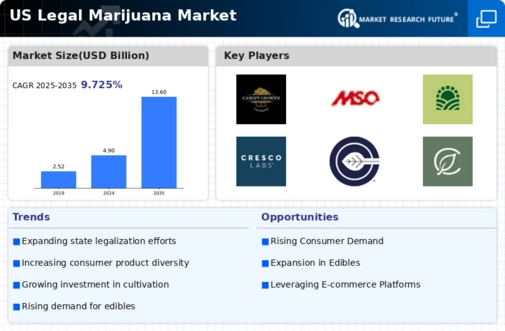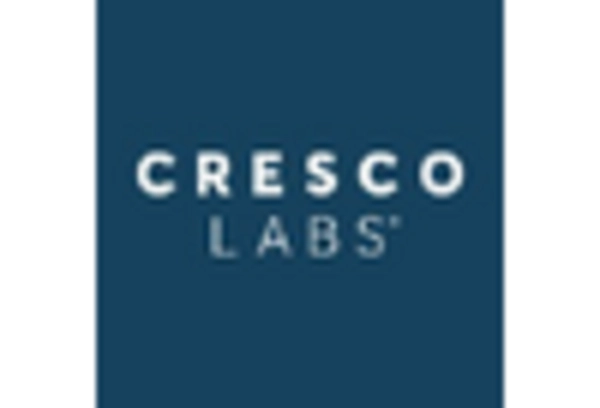Investment and Economic Growth
Investment in the legal marijuana market is witnessing a significant uptick, contributing to economic growth and job creation. As of November 2025, the industry has generated over 300,000 jobs across various sectors, including cultivation, distribution, and retail. The legal marijuana market is attracting substantial venture capital and private equity investments, with estimates suggesting that investments could exceed $10 billion in the next few years. This influx of capital is likely to spur innovation, enhance product quality, and expand market reach. Furthermore, as more states legalize marijuana, the potential for economic development increases, providing local governments with additional tax revenue. This economic impact appears to be a vital driver, as it not only supports the industry but also contributes to broader community development.
Shifts in Consumer Preferences
Consumer preferences are evolving, significantly impacting the legal marijuana market. A growing segment of the population is shifting towards cannabis products for wellness and recreational purposes. This trend is reflected in the increasing demand for edibles, oils, and other non-traditional forms of consumption. In 2025, approximately 60% of consumers express a preference for alternative consumption methods over traditional smoking. The legal marijuana market is adapting to these preferences by diversifying product offerings, which may lead to increased market penetration. Additionally, the rise of health-conscious consumers is prompting companies to focus on organic and sustainably sourced products, further shaping the market landscape. This shift in consumer behavior suggests a dynamic market that is responsive to changing tastes and preferences.
Social Acceptance and Cultural Shifts
Social acceptance of marijuana use is undergoing a transformation, significantly influencing the legal marijuana market. As societal attitudes shift, more individuals view cannabis as a legitimate alternative for relaxation and wellness. Surveys indicate that nearly 70% of adults support legalization, reflecting a growing cultural acceptance. This change in perception is likely to drive increased consumer engagement and participation in the legal marijuana market. Furthermore, as public stigma diminishes, marketing strategies are evolving to target a broader audience, including older demographics. This cultural shift appears to be a crucial driver, as it not only legitimizes the industry but also fosters a more informed and responsible consumer base.
Technological Advancements in Cultivation
Technological advancements in cultivation practices are playing a pivotal role in the legal marijuana market. Innovations such as hydroponics, aeroponics, and advanced genetic engineering are enhancing yield efficiency and product quality. As of November 2025, the adoption of these technologies is expected to increase production capacity by 30%, allowing growers to meet rising consumer demand. The legal marijuana market is benefiting from these advancements, as they enable producers to optimize resource use and reduce environmental impact. Additionally, technology-driven solutions for pest management and nutrient delivery are likely to improve overall crop health. This focus on technological innovation suggests a forward-thinking approach within the industry, potentially leading to more sustainable practices and higher-quality products.
Regulatory Changes and Legalization Efforts
The legal marijuana market is experiencing a notable shift due to ongoing regulatory changes and efforts towards legalization across various states. As of November 2025, 23 states have legalized recreational marijuana, while 38 states permit medical use. This expansion in legal frameworks is likely to enhance market accessibility, potentially increasing consumer participation. The legal marijuana market is projected to reach $41.5 billion by 2025, driven by these regulatory advancements. Furthermore, as more states consider legalization, the market may witness a surge in investment opportunities, fostering innovation and competition among businesses. This evolving legal landscape appears to be a critical driver, as it not only legitimizes the industry but also encourages responsible consumption and safety standards.

















Leave a Comment